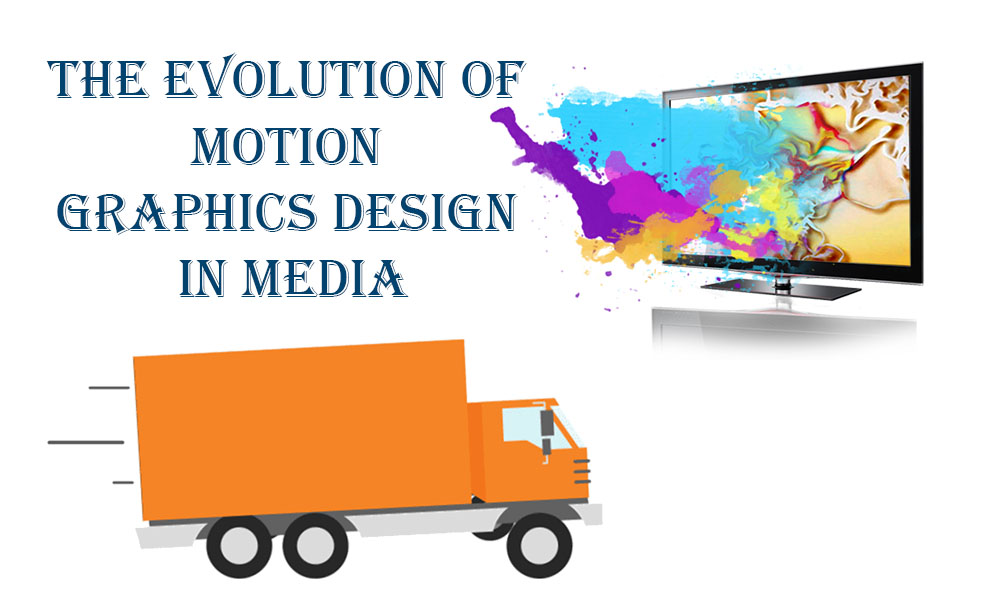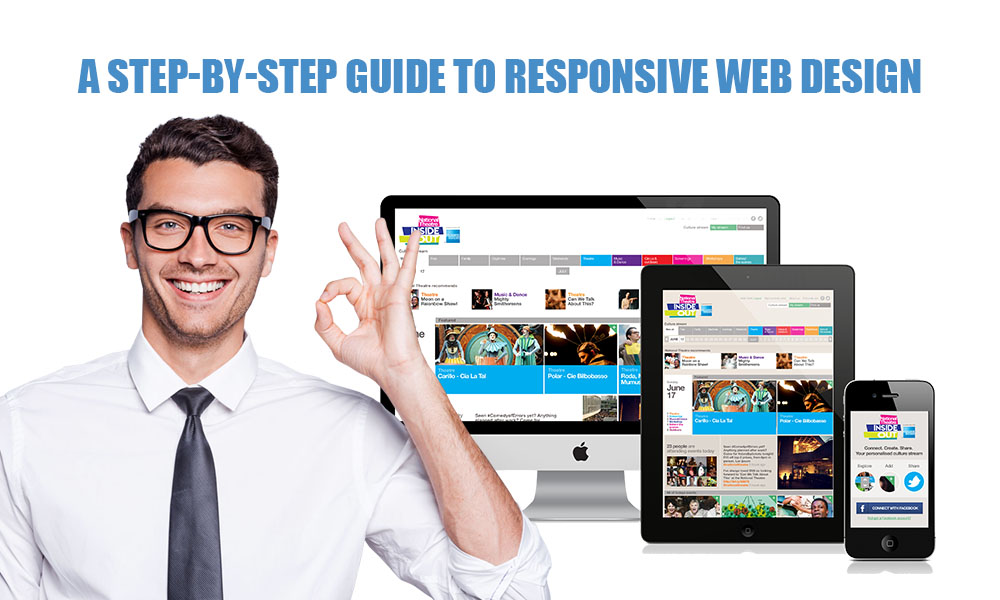Introduction to Motion Graphics
Defining Motion Graphics
Motion graphics blend graphic design with animation to create visual content that moves. Think of it as graphic design in motion. It’s used to convey information dynamically, making complex ideas easier to understand and more engaging to experience.
The Role of Motion Graphics in Modern Media
Today, motion graphics are essential across all forms of media—digital ads, mobile apps, film, TV, educational videos, and social platforms. They’re not just decorative; they’re strategic tools for storytelling, branding, and engagement.
- The Origins of Motion Graphics
The Beginnings in Film and Television
Motion graphics have roots in early film and TV, where animated titles and intros first appeared. Pioneers like Saul Bass revolutionized the field with iconic title sequences in movies like Psycho and Vertigo, proving that opening credits could be an art form.
Early Innovators and Techniques
Back in the day, motion graphics were crafted frame-by-frame, using techniques like stop motion, cel animation, and optical compositing. These early efforts laid the groundwork for the motion design boom that followed.
The Digital Revolution
Introduction of Computer Graphics
The 1980s and 90s ushered in the era of digital design. With the advent of personal computers, designers began to explore computer-generated imagery (CGI). Suddenly, complex animations could be created without physically moving objects or drawing every frame by hand.
The Rise of Software like After Effects
Adobe After Effects, launched in 1993, changed the game. It gave motion designers an accessible, powerful tool to create professional-quality graphics. With keyframes, effects, and layers, it became the industry standard—and remains so to this day.
Motion Graphics in the Internet Age
Web Design, Video Content, and Social Media
The internet brought new platforms and audiences. Motion graphics transitioned from TV screens to computer screens and, eventually, mobile phones. Websites, YouTube videos, and social feeds became fertile ground for animated visuals.
Short, shareable formats—like GIFs, Instagram reels, and TikTok clips—opened the floodgates for motion graphics. Brands and creators used them to grab attention fast and communicate with style.
Transition from Static to Animated Branding
Static logos and websites started to feel stale. Enter animated logos, kinetic typography, and looping UI animations. Motion graphics redefined how brands interact with audiences, creating more memorable and dynamic experiences.
Style Evolution and Aesthetic Trends
From Skeuomorphism to Flat and Minimalist Design
Design trends shifted dramatically in the 2010s. Skeuomorphism (where graphics mimicked real-world textures) gave way to flat design—clean, bold, and simple. Motion graphics adapted by embracing minimalist aesthetics, making animations smoother, faster, and more scalable.
Influence of Pop Culture and Global Trends
TV shows, games, and music videos influenced motion graphic styles. Japanese anime, retro 80s aesthetics, glitch art, and surrealism all found their way into mainstream media, creating a rich tapestry of stylistic diversity.
Integration in Film, Advertising, and Broadcasting
Enhancing Storytelling in Movies and Series
Motion graphics aren’t just for flashy intros—they’re used for entire sequences in films and TV to explain backstories, visualize data, or create stylized worlds. Think of Iron Man’s HUD or the data-driven sequences in The Big Short.
Creating Visual Impact in Ads and Promos
In advertising, motion graphics help brands stand out. They allow marketers to compress complex messages into quick, engaging videos. Whether it’s animated explainer videos or logo reveals, motion design delivers high impact.
Tools and Technologies That Shaped the Industry
Essential Software and Platforms
Besides After Effects, tools like Cinema 4D, Blender, and Apple Motion have become popular. Designers also use plugins like Red Giant and Trapcode to create stunning visual effects without starting from scratch.
Emerging Tech like Real-Time Rendering and AI
Real-time engines like Unreal and Unity are now used for motion design in games, virtual production, and live broadcasts. AI and automation tools are also on the rise, helping streamline repetitive tasks and inspire new design directions.
The Role of Freelancers and Studios
The Gig Economy and Creative Independence
Motion graphics has flourished in the freelance world. Platforms like Upwork, Fiverr, and Behance allow designers to showcase their work, connect with clients, and build global portfolios. Independence gives them creative control and flexibility.
Collaborations and Studio Innovations
Motion design studios like Buck, Giant Ant, and Golden Wolf push the boundaries of the art form. Their collaborative workflows result in high-end animations seen in commercials, brand campaigns, and public installations.
- Future Trends in Motion Graphics
Virtual Reality and Immersive Media
Motion graphics are now part of VR and AR experiences, guiding users through interactive environments. These formats offer new storytelling opportunities where users don’t just watch—they participate.
AI-Generated Motion Design and Automation
AI tools can now generate animations based on prompts or automate motion sequences. While they won’t replace human creativity, they’re becoming vital in speeding up production and exploring new creative directions.
Conclusion
Motion graphics design has come a long way—from film title sequences to immersive virtual experiences. Its evolution reflects changes in technology, media consumption, and creative expression. As we move into an even more digital and visual age, motion graphics will continue to redefine how we tell stories, promote ideas, and captivate audiences.




